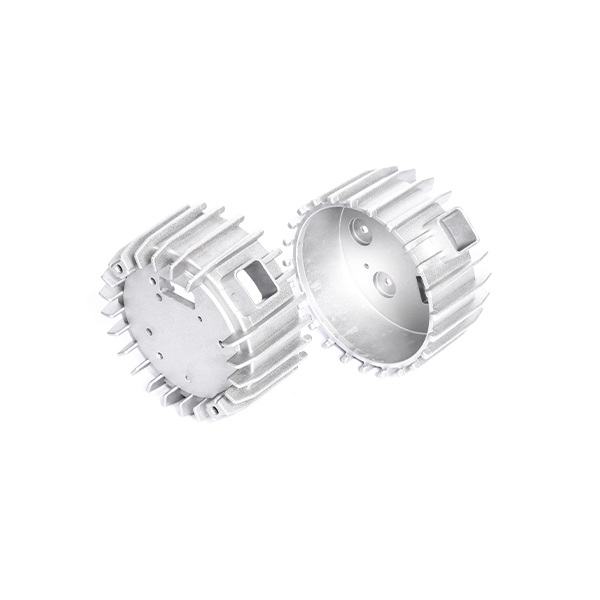Mobile:+86-311-808-126-83
Email:info@ydcastings.com
Optimizing Pump Motor Impeller Performance for Enhanced Efficiency and Durability
Understanding Pump Motor Impellers A Key Component in Fluid Dynamics
In the world of fluid dynamics, efficiency and performance hinge on the intricate components that drive the movement of liquids. Among these components, the pump motor impeller stands out as a critical element that dictates the operational efficacy of various pumping systems. This article delves into the role, types, and importance of pump motor impellers in industrial applications.
What is a Pump Motor Impeller?
A pump motor impeller is a rotating component within a pump that imparts energy to the fluid, enabling its movement from one place to another. It is typically designed in a spiral or radial shape, allowing the application of centrifugal force to the liquid. As the impeller spins, it creates a low-pressure area at the center, drawing the liquid into the pump and forcing it outward toward the discharge pipe.
The choice of impeller design, material, and size is crucial for optimizing the efficiency and performance of the pumping system. Depending on the application, impellers can be classified into two main types open and closed. Open impellers consist of blades attached to a hub but lack a back shroud, which allows for the passage of larger solids but may lead to greater turbulence. Closed impellers, with a shroud both on the front and back, facilitate better hydraulic performance and efficiency, making them ideal for clear liquids.
Importance of Pump Motor Impellers
The significance of pump motor impellers extends beyond mere fluid transport. A well-designed impeller improves the overall efficiency of a pumping system, ultimately leading to reduced energy consumption and lower operational costs. In industrial settings, where pumps are an integral part of numerous processes—such as water treatment, chemical processing, and oil refining—an efficient impeller can lead to significant cost savings and enhanced productivity.
pump motor impeller

Moreover, the durability and material composition of the impeller are vital for its longevity. Common materials used in the fabrication of impellers include stainless steel, bronze, and various plastics, each chosen based on the nature of the liquid being pumped. For instance, corrosive liquids may necessitate the use of stainless-steel impellers to withstand the harsh environment, while less aggressive fluids might use more cost-effective polymer materials.
Factors Influencing Impeller Performance
Several factors influence the performance of pump motor impellers, including flow rate, impeller speed, and system pressure. The flow rate, or the volume of fluid the pump can move per unit time, is primarily determined by the design of the impeller. Higher flow rates often require larger, more aggressive impeller designs, while systems that need precision may utilize smaller impellers.
The impeller speed, directly linked to the rotation of the motor, is another critical parameter. The relationship between impeller speed and flow rate is typically linear; however, the efficiency can drop significantly if the impeller operates outside its designed speed range. Finally, the system pressure impacts how well the impeller can perform. High pressures can cause cavitation, a phenomenon where vapor bubbles form and collapse on the impeller surface, leading to wear and potential failure.
Conclusion
In conclusion, pump motor impellers are essential components in the mechanics of fluid transport. Understanding their design, types, and operational principles can help engineers and operators make informed choices that enhance system performance. As industries continue to seek more efficient and effective solutions, the evolution of impeller technology promises to play an instrumental role in achieving those goals. Whether in wastewater management, chemical production, or any other sector reliant on fluid transport, the hidden power of pump motor impellers cannot be underestimated.
-
Why Should You Invest in Superior Pump Castings for Your Equipment?NewsJun.09,2025
-
Unlock Performance Potential with Stainless Impellers and Aluminum End CapsNewsJun.09,2025
-
Revolutionize Your Machinery with Superior Cast Iron and Aluminum ComponentsNewsJun.09,2025
-
Revolutionize Fluid Dynamics with Premium Pump ComponentsNewsJun.09,2025
-
Optimizing Industrial Systems with Essential Valve ComponentsNewsJun.09,2025
-
Elevate Grid Efficiency with High-Precision Power CastingsNewsJun.09,2025











